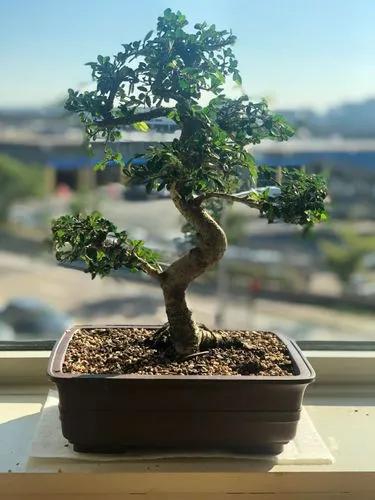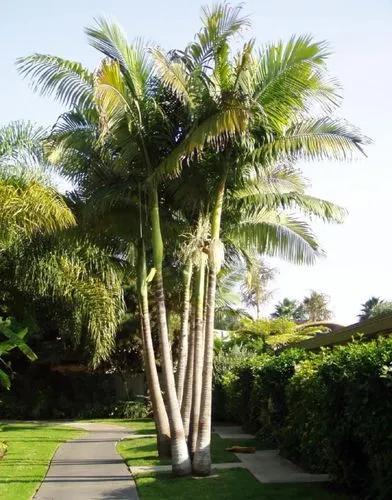Carpinus betulus, the European or common hornbeam, is a species of tree in the birch family Betulaceae, native to Western Asia, central, eastern, and southern Europe. It requires a warm climate for growth, and occurs at elevations up to 600 metres.
European hornbeam Care
Carpinus betulus



It is a deciduous small to medium-size tree reaching heights of 15–25 metres (49–82 ft), rarely 30 m (98 ft), and often has a fluted and crooked trunk. The bark is smooth and greenish-grey, even in old trees. The buds, unlike those of the beech, are 10 mm (0.39 in) long at the most, and pressed close to the twig. The wood is heavy and hard, and is used for tools and building constructions. It also burns hot and slowly, making it very suitable for firewood. Carpinus betulus is widely cultivated as an ornamental tree, for planting in gardens and parks throughout north west Europe.
How to Care for the Plant

Water

Young hornbeams need regular irrigation in the absence of rain, but they tolerate longer periods between waterings as they age.

Fertilizer

There is no need to fertilize hornbeam trees growing in good soil unless the foliage is pale or the tree is growing poorly.

Sunlight

Hornbeam will tolerate part sun perfectly. It prefers cool locations to warm ones, and doesn’t like places with a high exposure to sunlight.

Soil

Make sure the soil is well-drained, but the plant can tolerate wide range of soil conditions.

Temperature

The plant is not frost-tender and can be grown in the areas with the lowest winter temperatures down to −34.4°C (−30°F).

Popularity

1,046 people already have this plant 161 people have added this plant to their wishlists
Discover more plants with the list below
Popular articles






